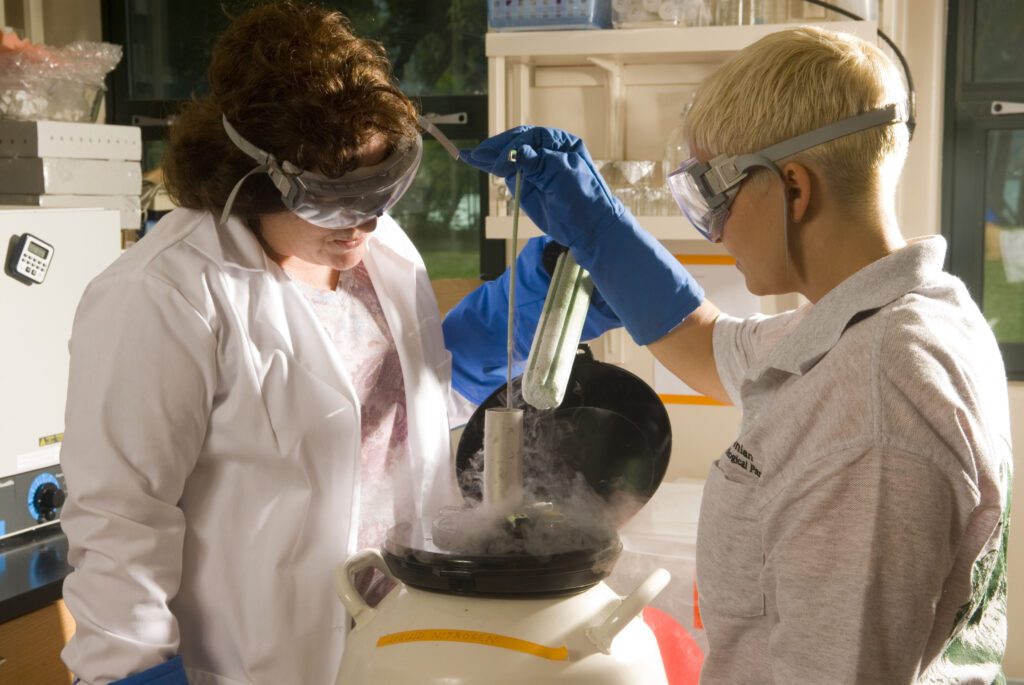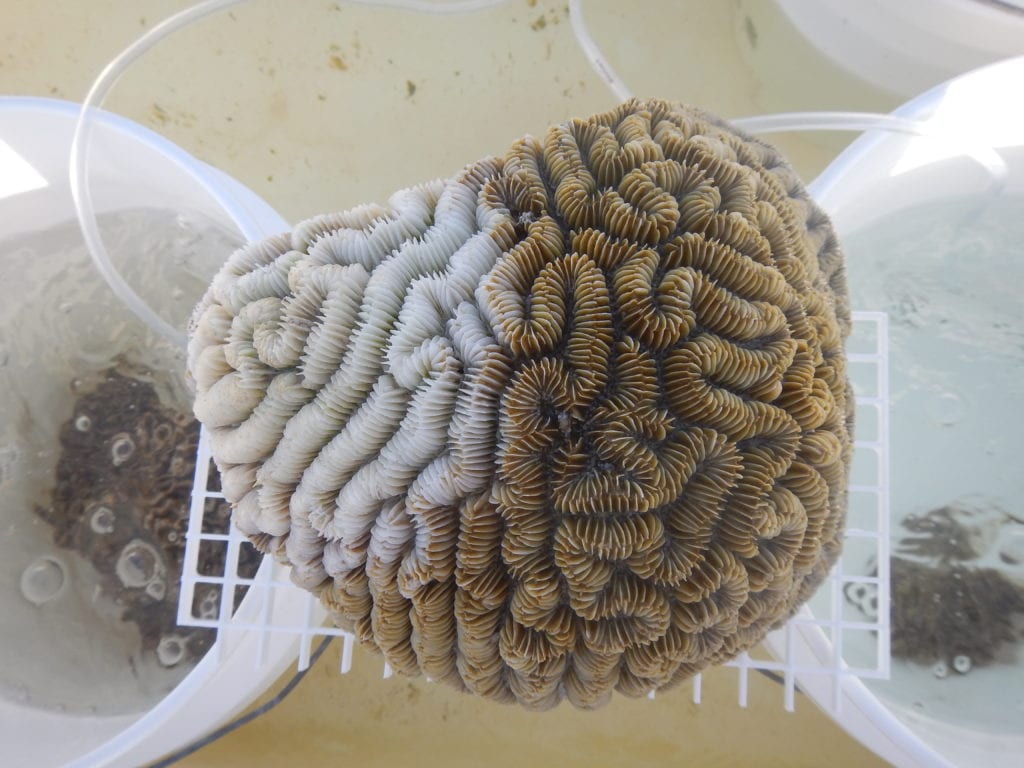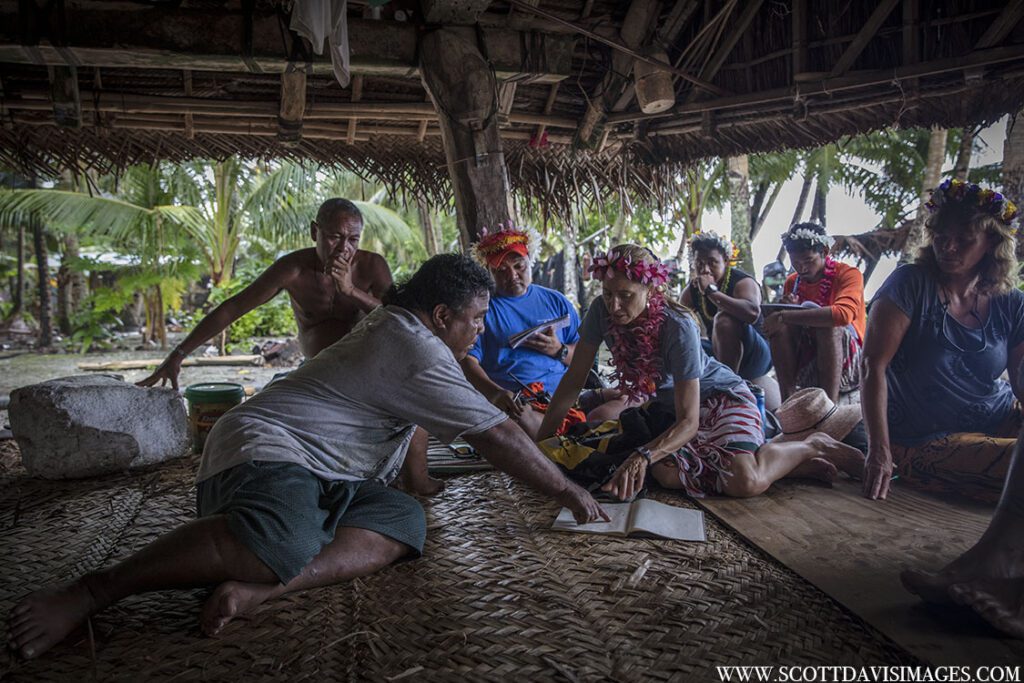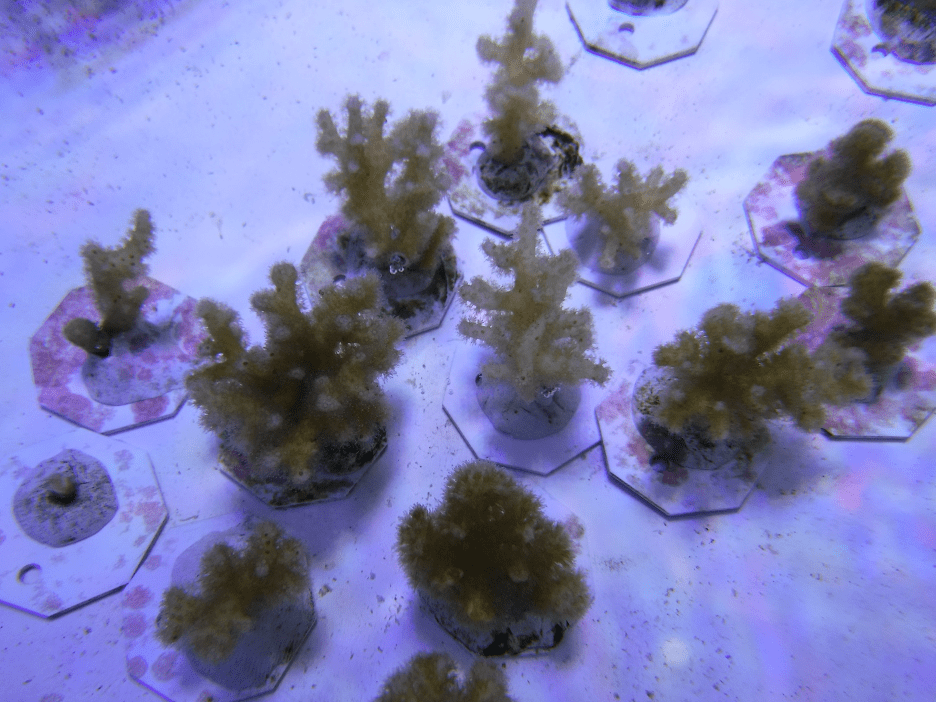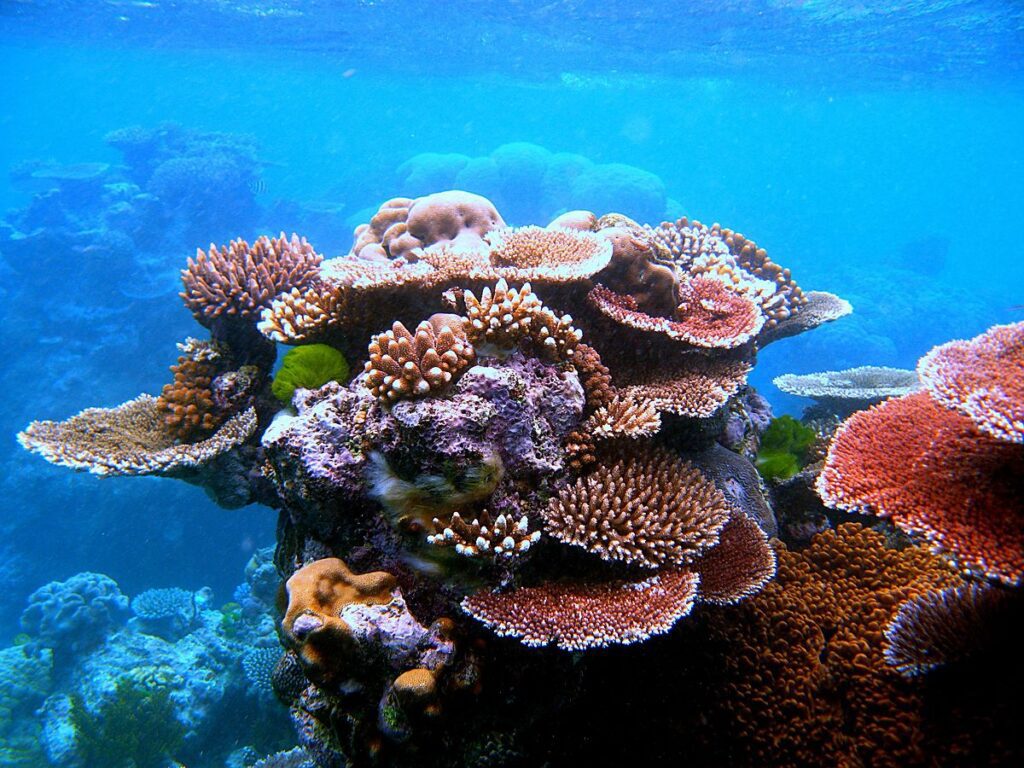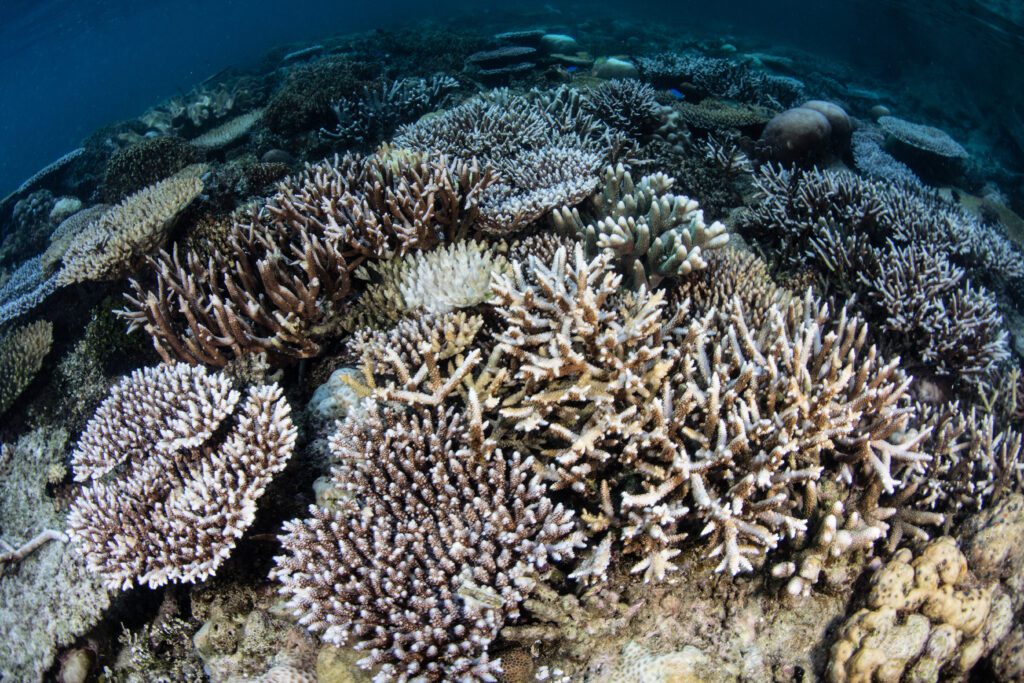Mary Hagedorn, Smithsonian’s National Zoo and Conservation Biology Institute; Boris Rubinsky, UC Berkeley; Matt Powell-Palm, Texas A&M University; Blake Ushijima, University of North Carolina, Wilmington
Existing cryopreservation techniques are typically incompatible with field application. This is especially true in marine environments where resources and energy supplies are limited. For this project, Drs. Hagedorn and Rubinsky will adapt cutting-edge freezing technology to the preservation of coral fragments.
The isochoric freezing technique involves freezing samples at constant volume rather than the traditional constant pressure techniques. This has been demonstrated to be gentler on non-coral samples, which means less cryoprotectant is required, and simpler, less artisanal protocols can be used. The technology requires no moving parts or mechanical work, making it ideal for low-resources field settings. If isochoric freezing succeeds in freezing and reviving coral fragments, this project could open the door for large-scale coral biobanks.
Dr. Hagedorn + student cryopreserve coral | J. Daniels
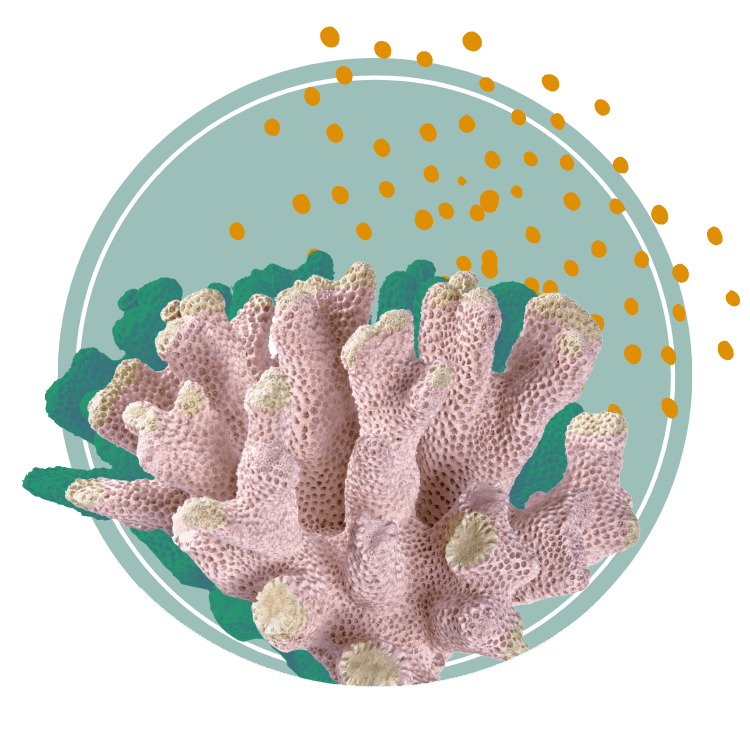
Project in the news
New Technique Could Facilitate Rapid Cryopreservation of Coral Species
Scientists at the National Zoo and Conservation Biology Institute, Texas A&M University, and UC Berkeley announce the first successful technique for cryopreserving and reviving entire coral fragments. This proof-of-concept project, funded by Revive and Restore, opens the door to collecting and preserving coral fragments easily and rapidly at an urgent moment for coral worldwide.


